Hurricane Dorian has finally moved on from the Bahamas after practically coming to a standstill over the archipelago for days, but the devastation left in its wake could require years of recovery.
The Category 5 storm that hit the Bahamas ― it has weakened considerably since then ― ripped through the Abaco and Grand Bahama islands with wind speeds of up to 185 mph. It killed at least 20 people and upended the lives of thousands of others in a nation known for its resorts, marinas and luxury tourism.
“I lost everything. I don’t know what I’m going to do. I don’t have a house to live in,” Ilphody Norvilus, a 37-year-old painter living in a Haitian immigrant community in Abaco, told The Associated Press.
These dramatic aerial photos taken on Thursday show the shocking scale of the destruction.
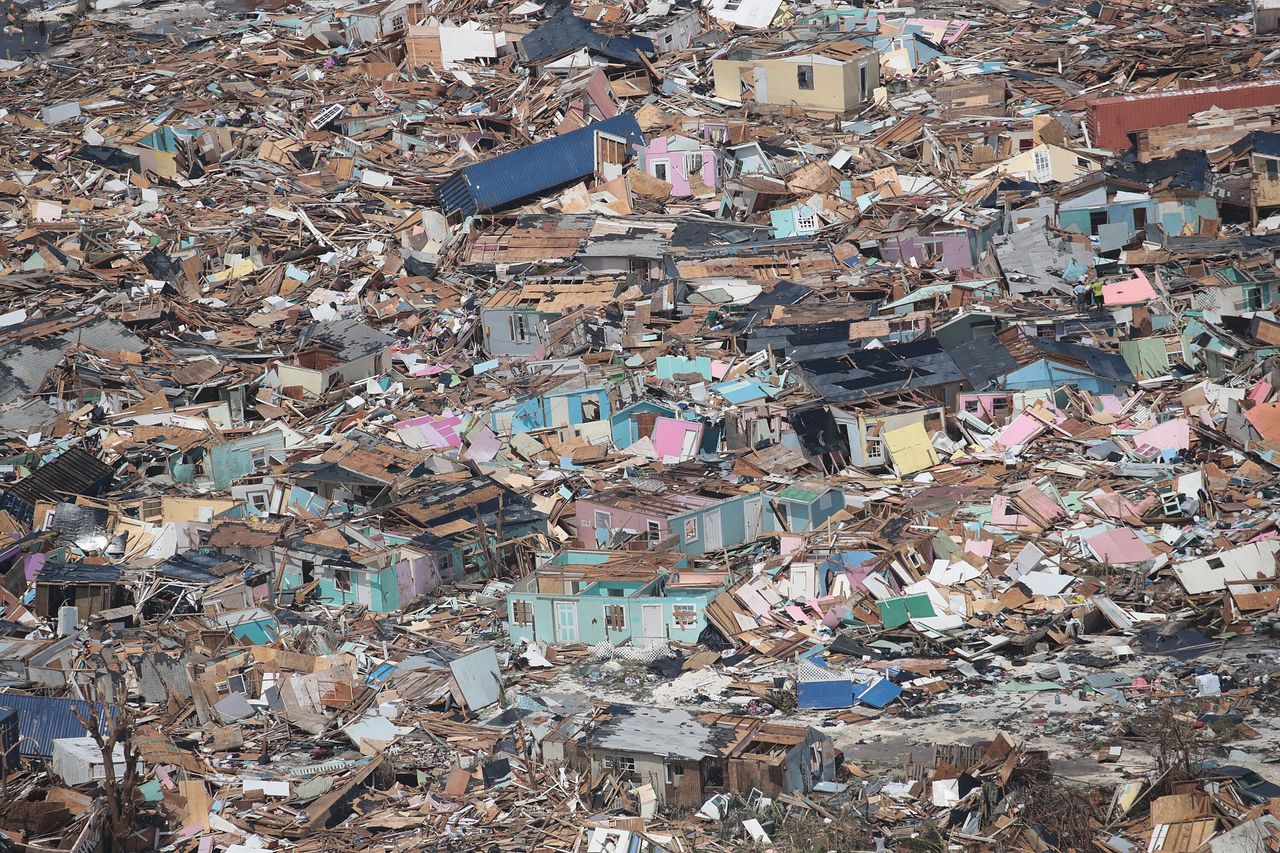
Homes in Abaco, a 120-mile-long chain of islands, were reduced to rubble.
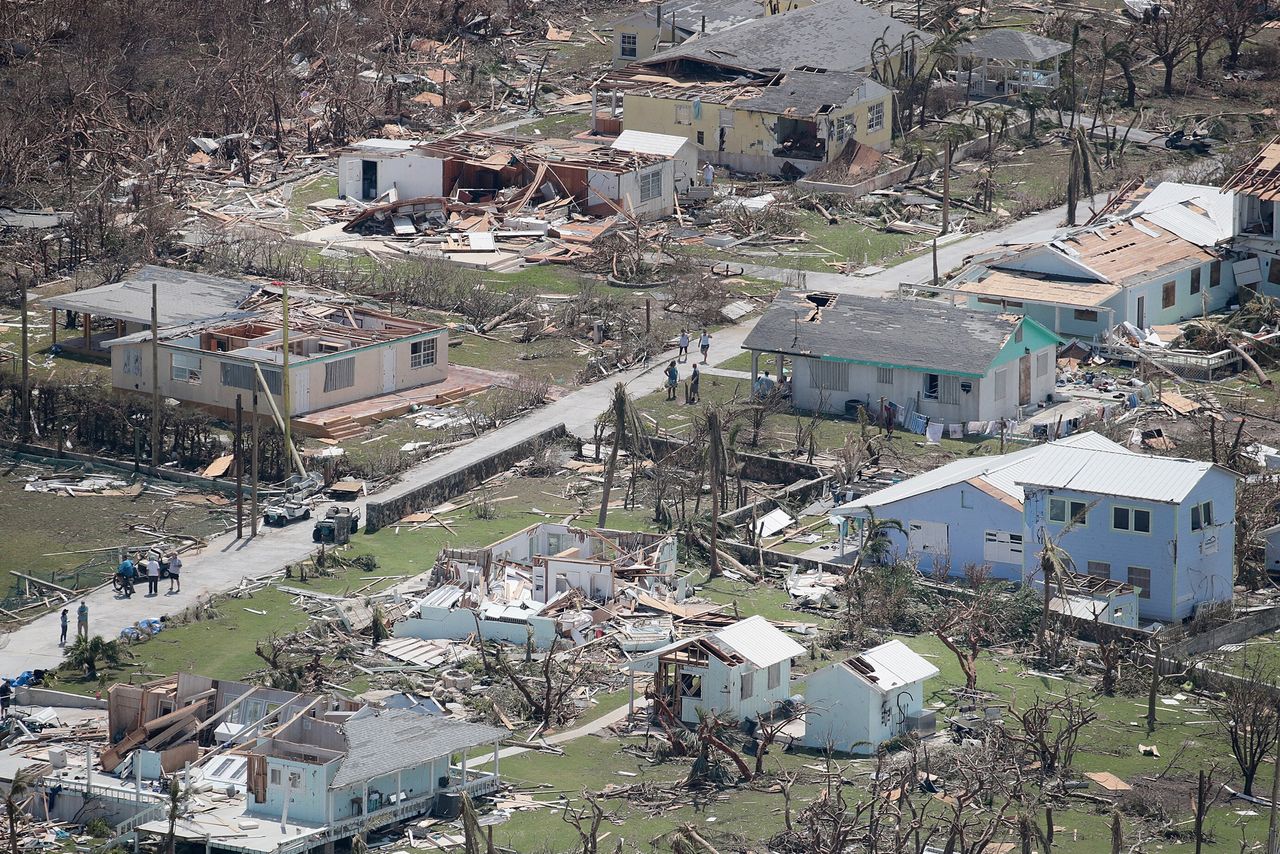
This community in Abaco has been destroyed.
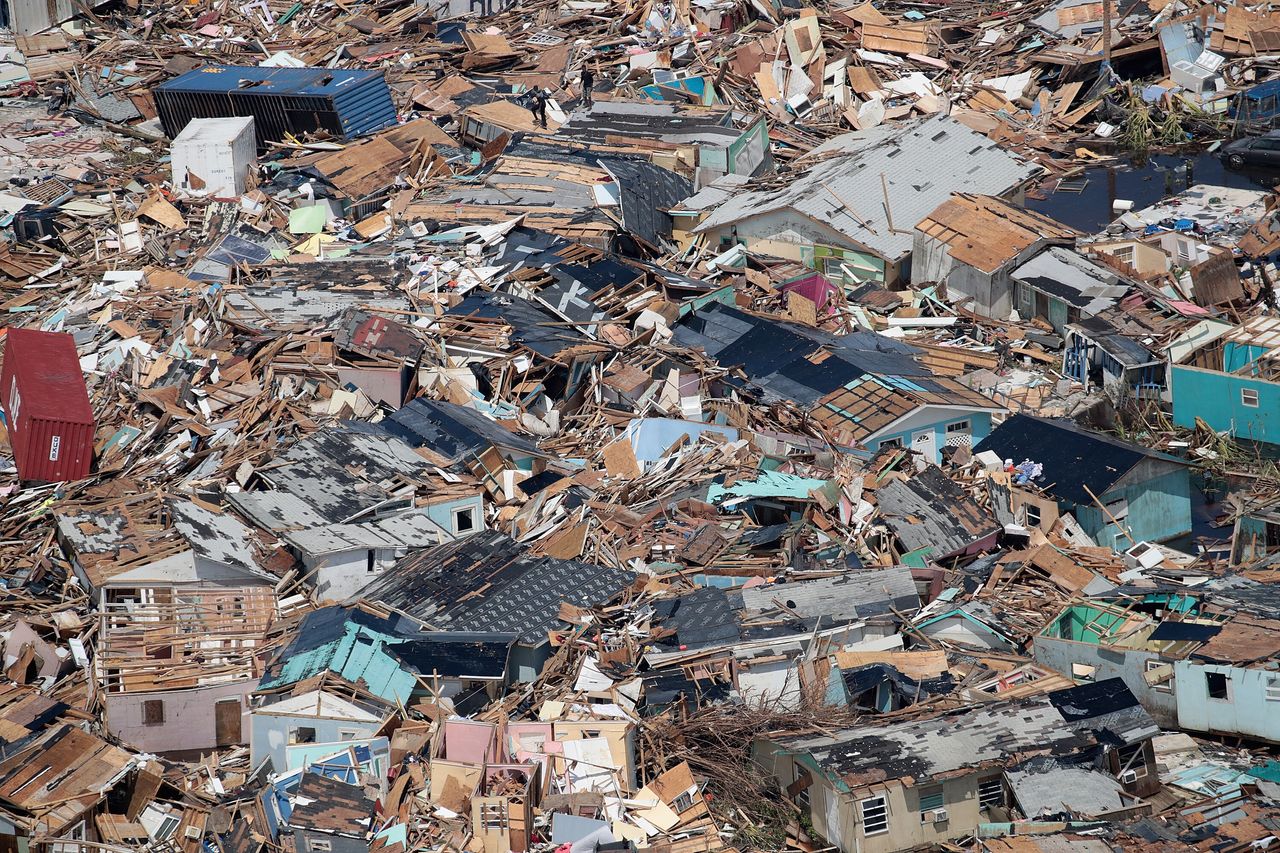
Piles of debris in Abaco are barely recognizable as the people’s homes they once were.
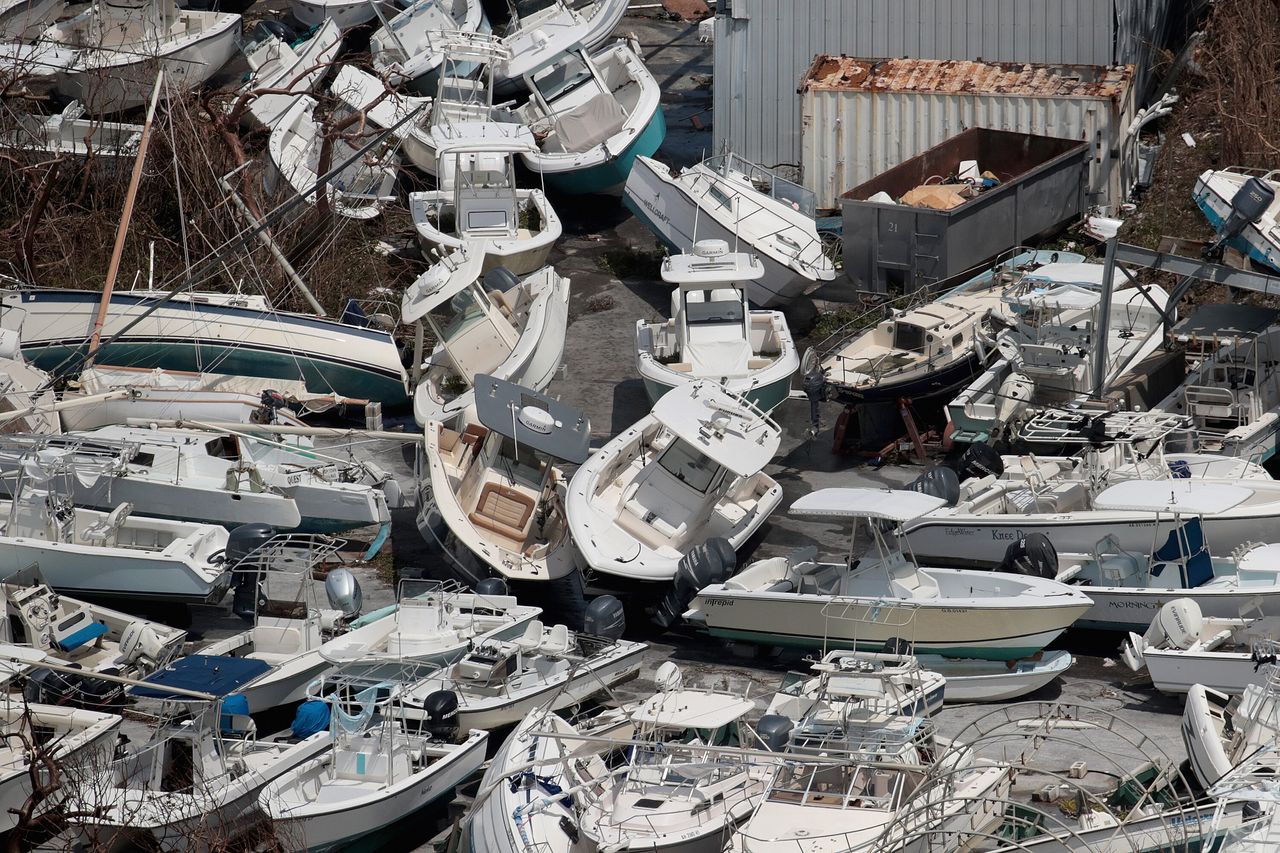
Boats are piled on top of each other after being tossed around by Hurricane Dorian on Great Abaco Island.
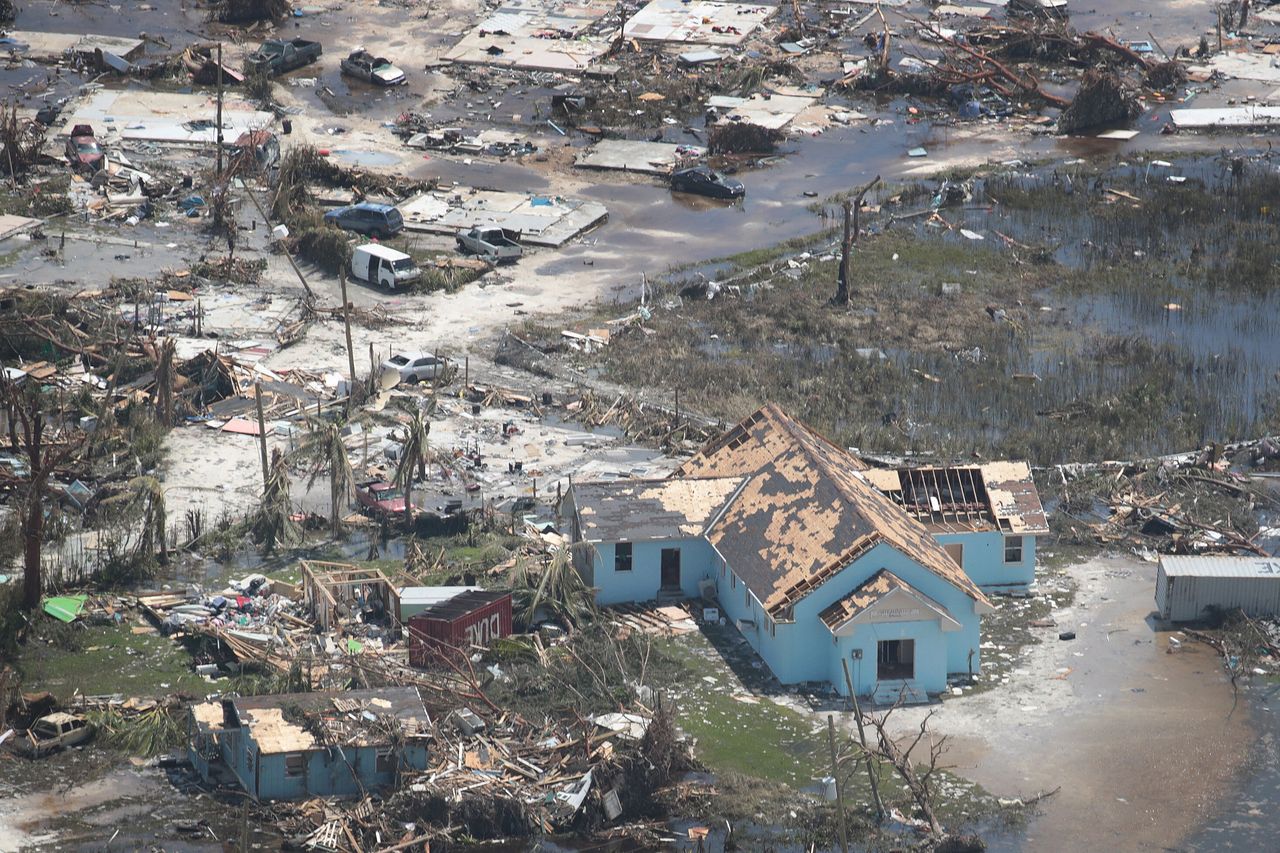
Homes near the water in Abaco are barely standing.
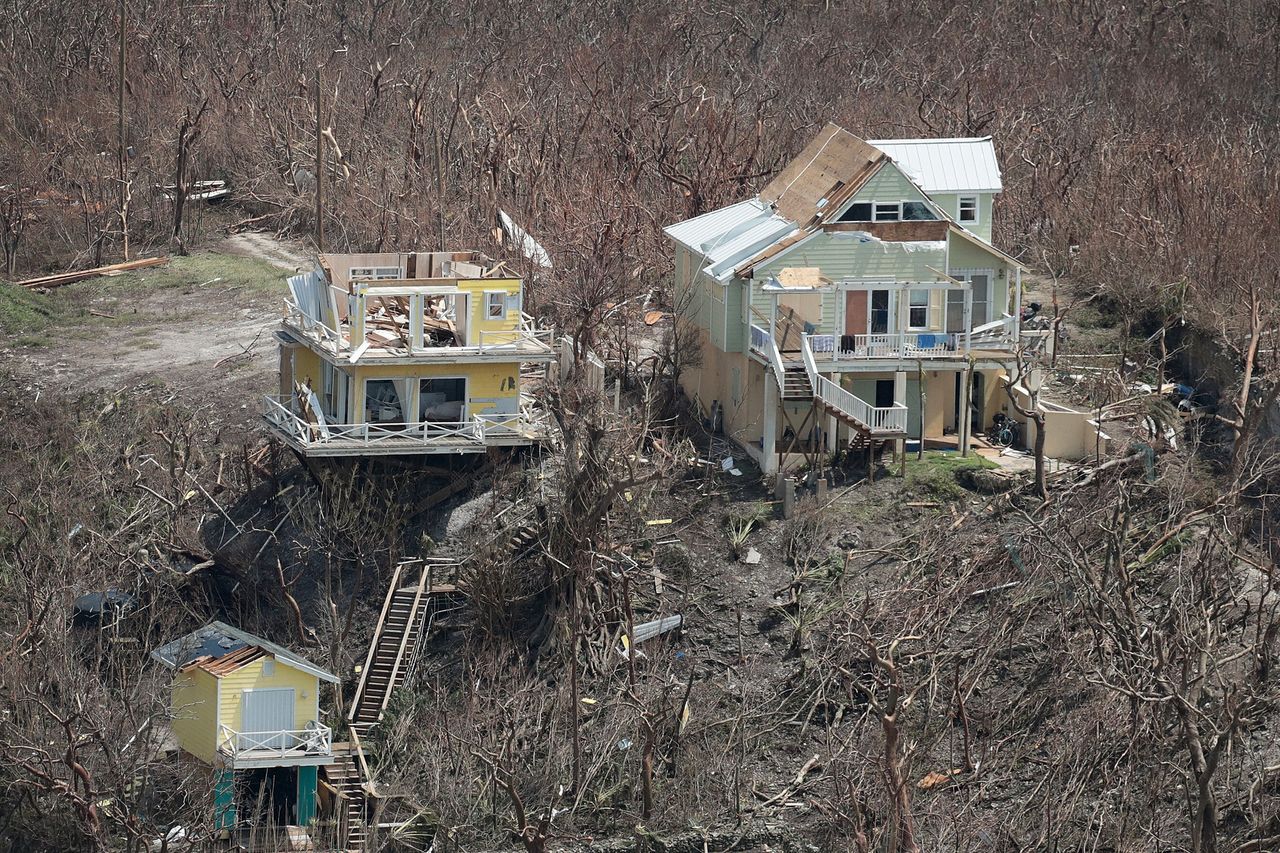
Two homes in Abaco, one of which has seen its roof completely torn off.
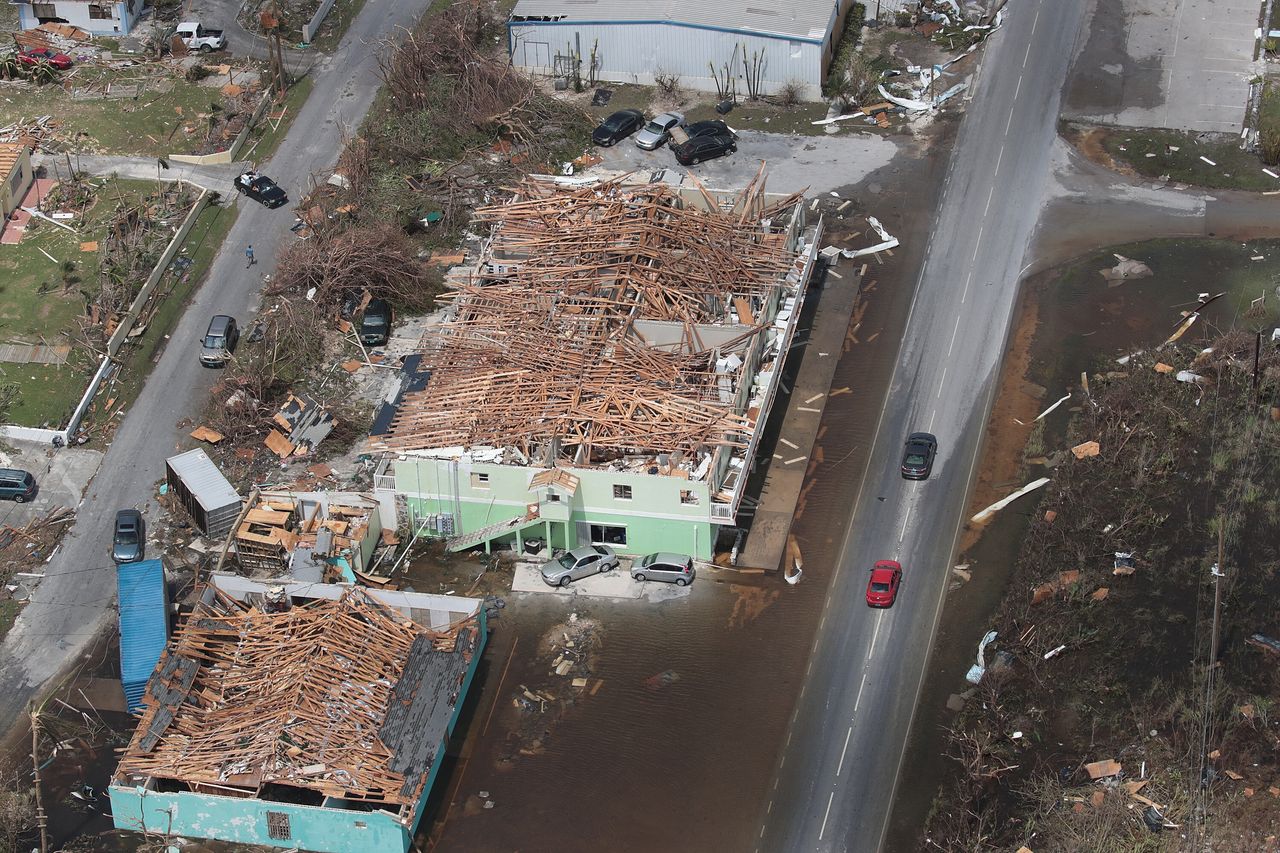
All that’s left of the roof of this building in Abaco are hundreds of fallen beams.
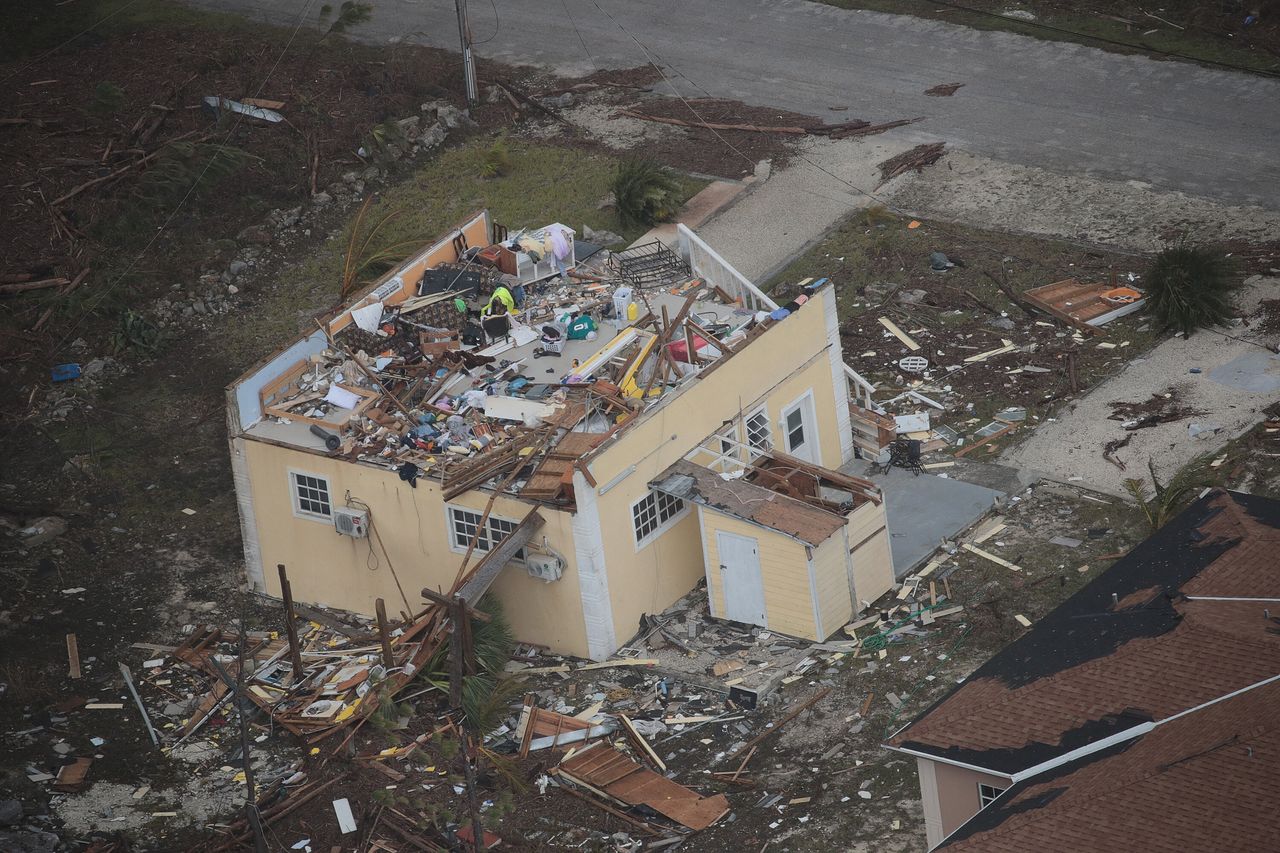
The inside of a building in Freeport, the main city on Grand Bahama Island, has been completely exposed.
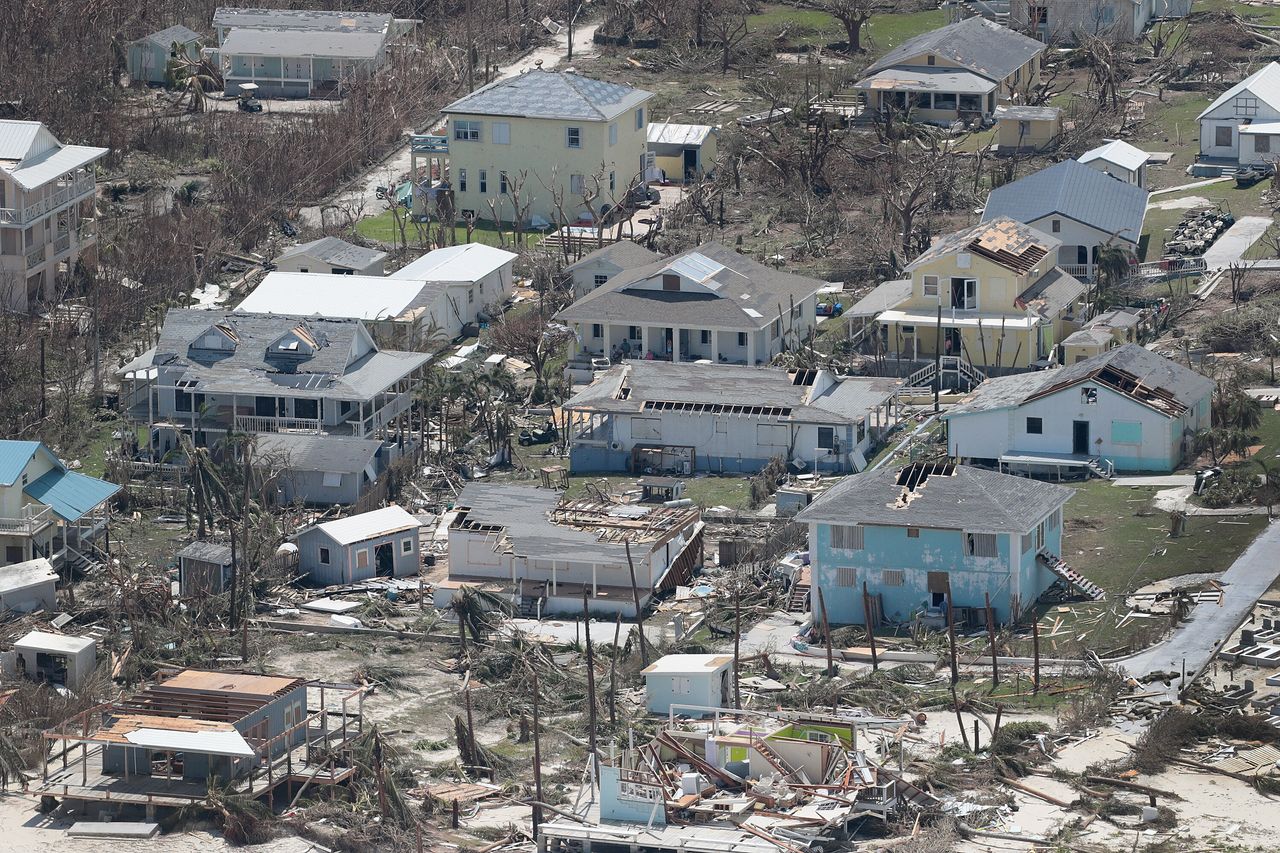
Buildings in varying degrees of destruction stand in Abaco.
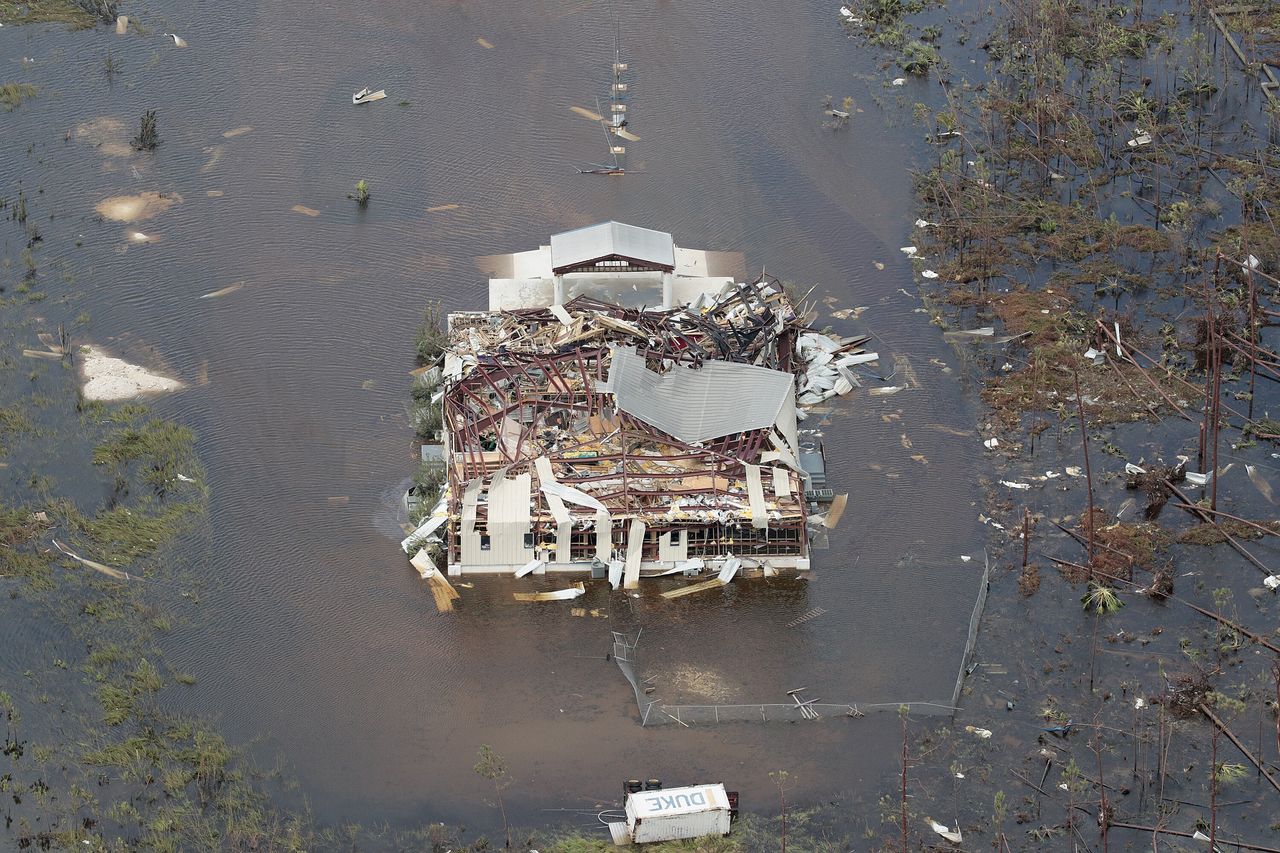
A building in Abaco is partially submerged under floodwaters, which often carry sewage, pesticides and other toxic materials.
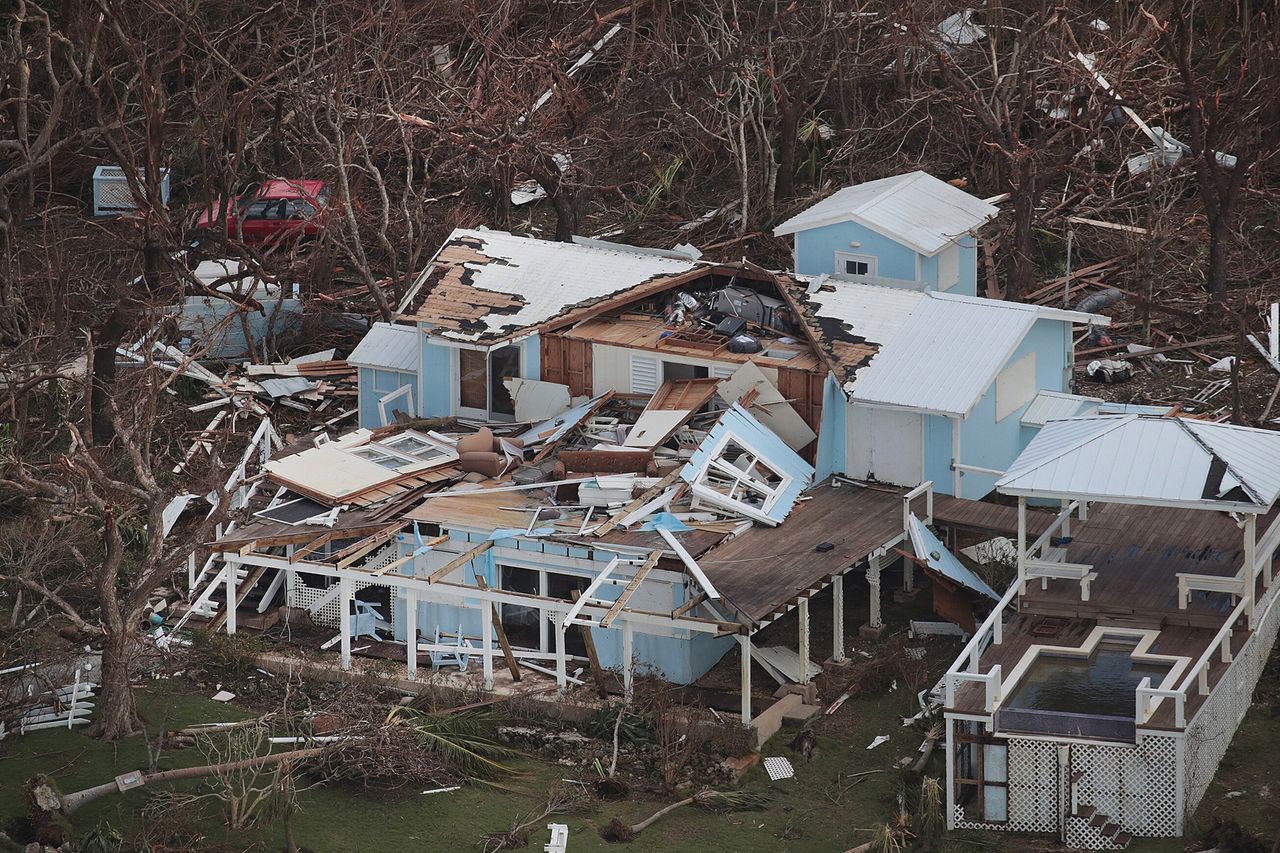
A large building in Abaco is left partially standing.
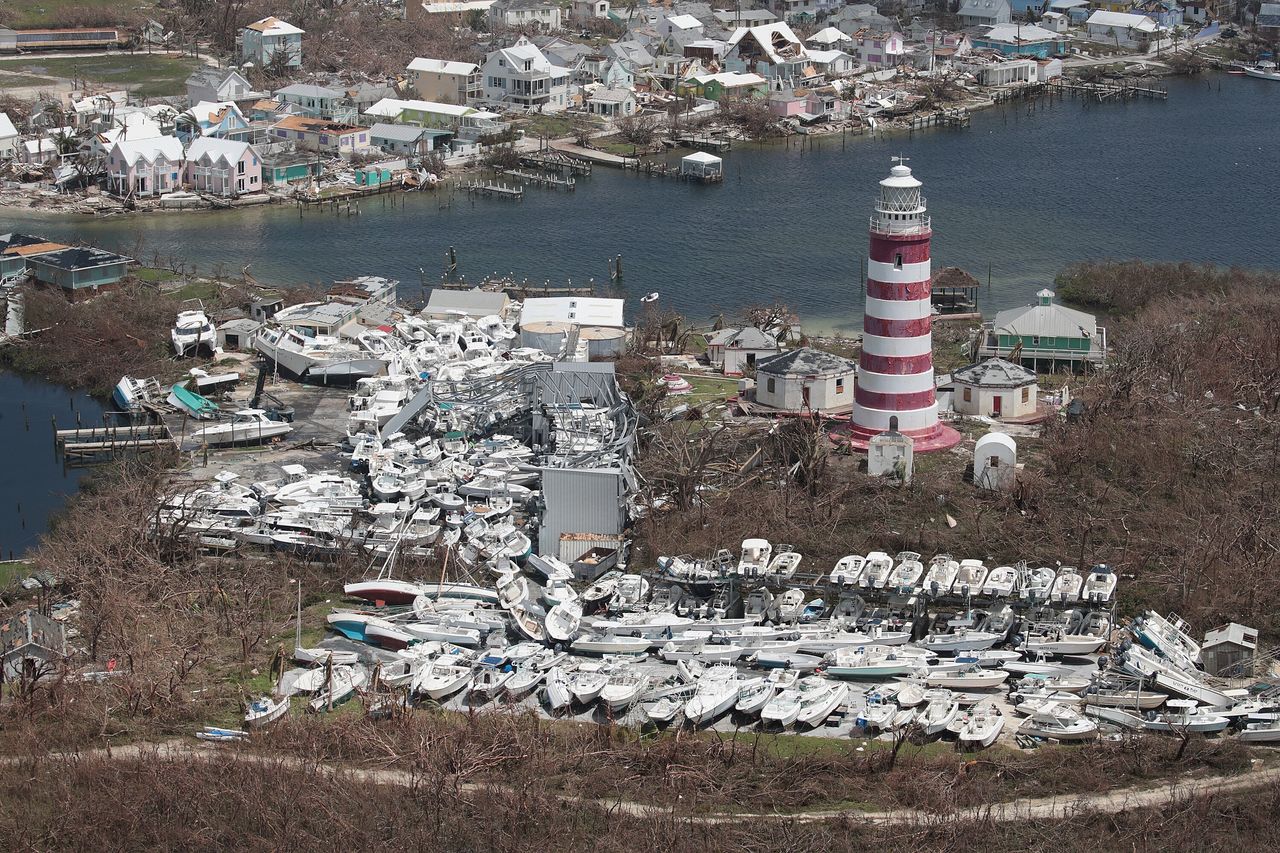
A marina in Abaco has boats piled on top of each other.
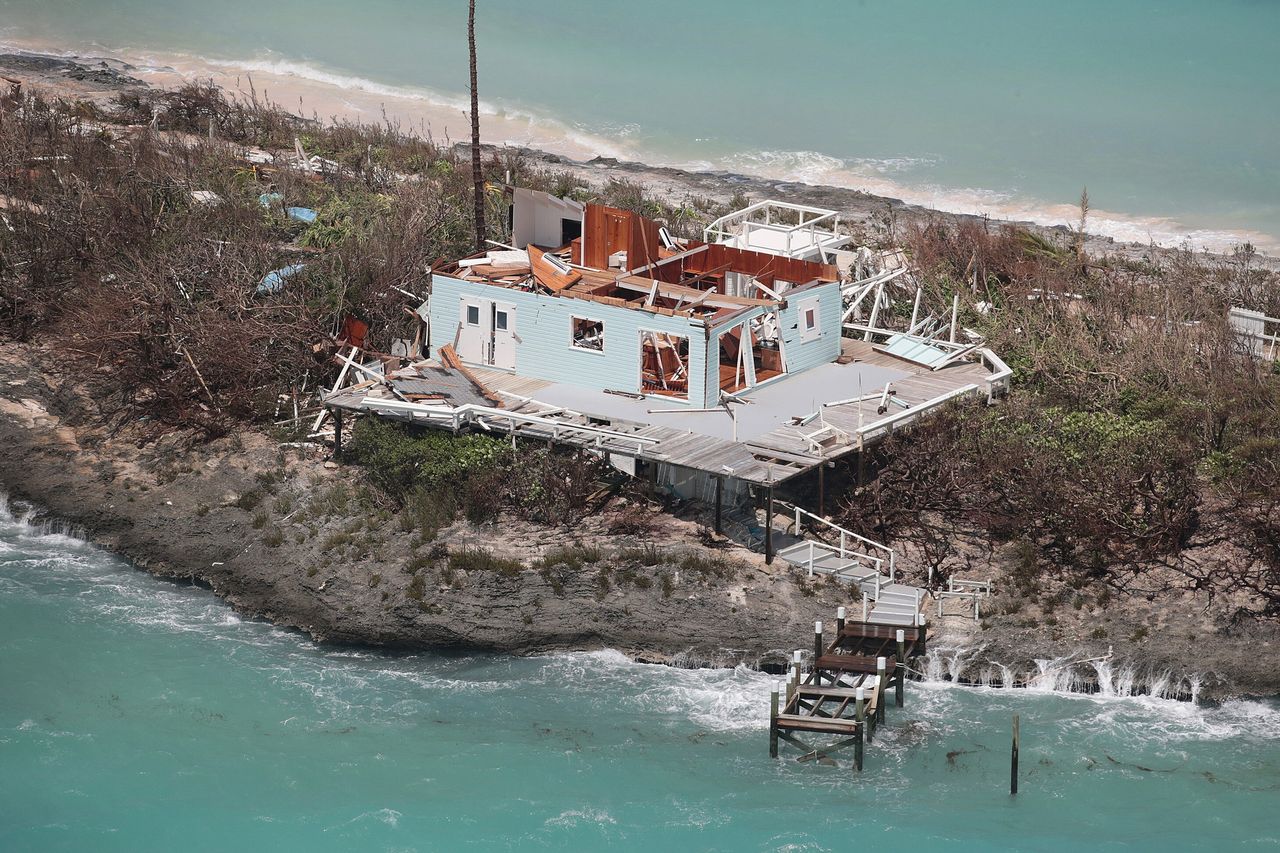
A seaside building in Abaco no longer has a roof.
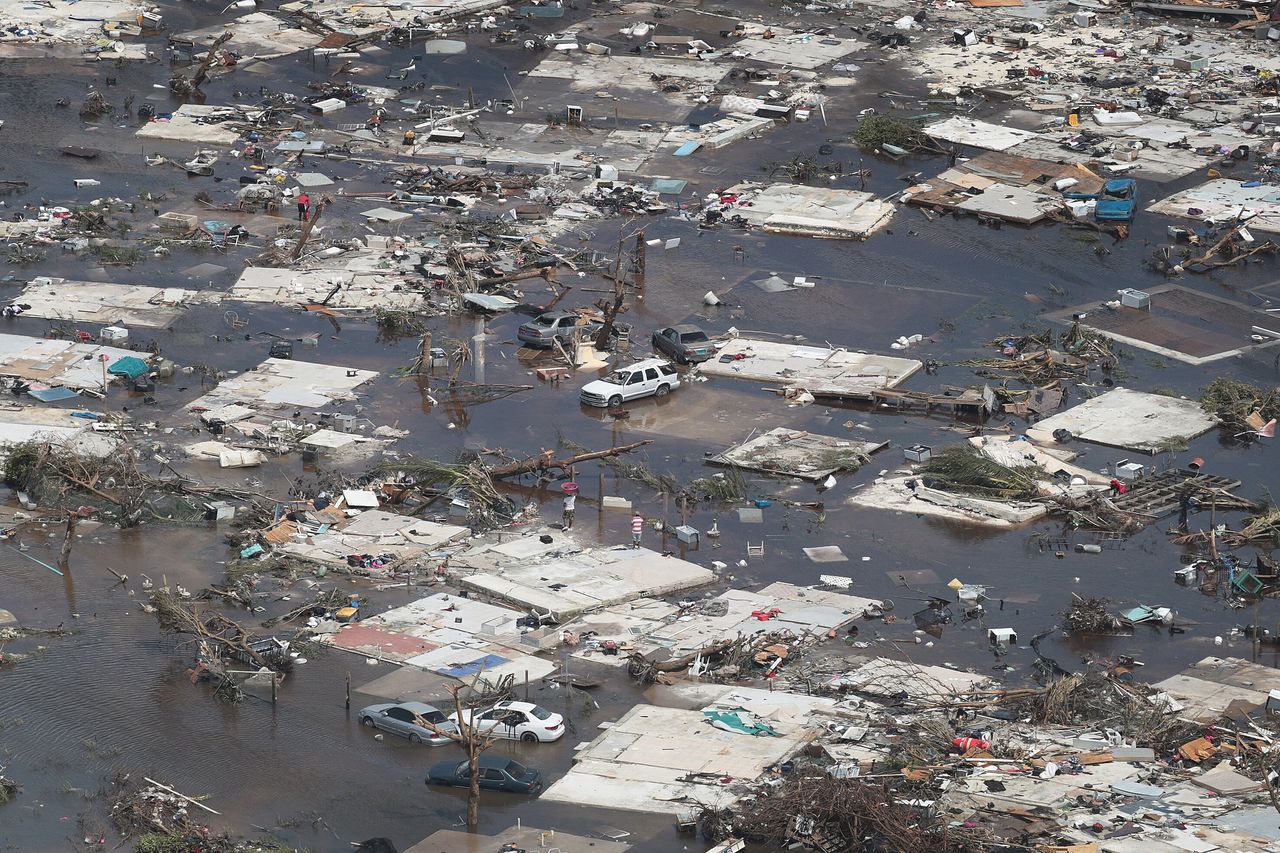
The Abaco town of Marsh Harbour is underwater.

Marsh Harbour looks like a pile of rubble.
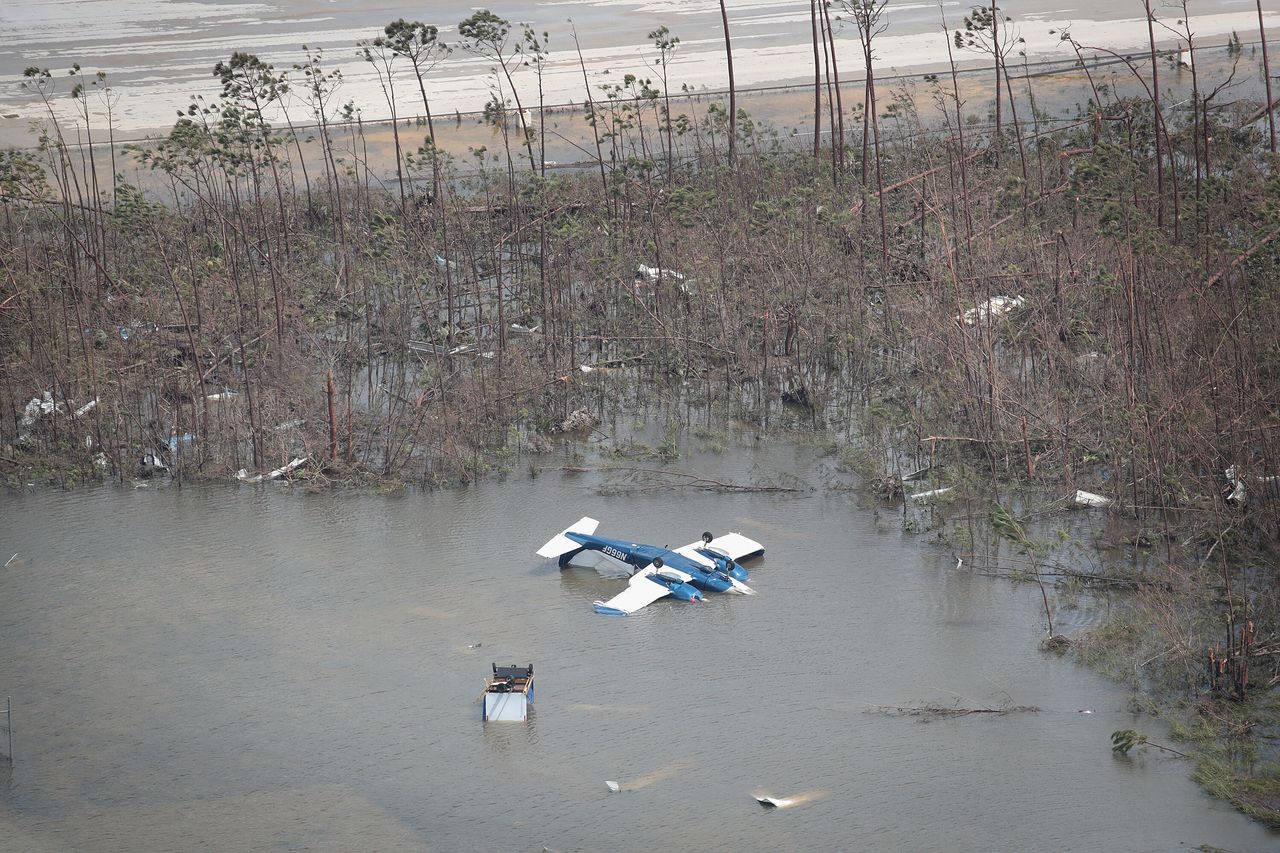
A plane is upside in a flooded area of Abaco.